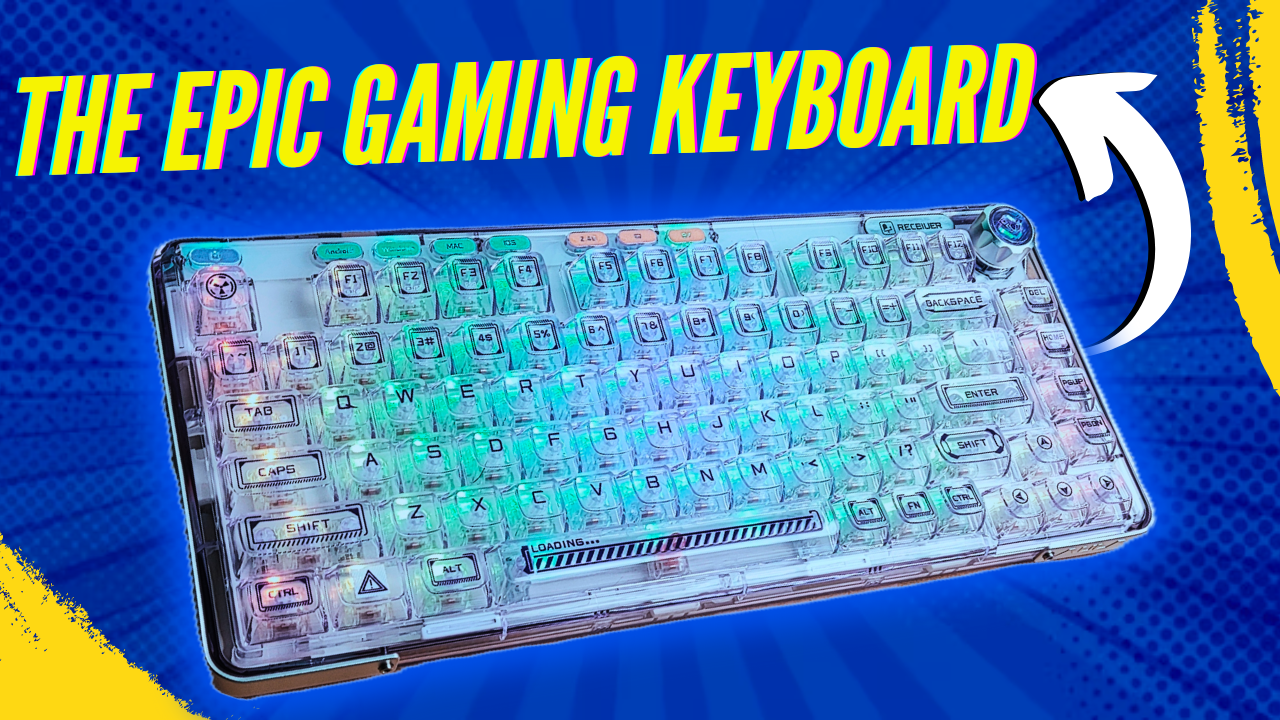In this era of smart technology, investing in a high-end television is a common choice for many. Recently, I purchased Samsung’s QLED Smart TV for around 1.5 lakh, hoping for an immersive viewing experience. While the TV boasts several impressive features, there are a few aspects that left me somewhat disappointed. If you planning to buy a Samsung Smart TV, this review might provide valuable insights, whether you’re buying a 30,000 RS Smart TV or a 2 lakh model, these are some common issues you will find on every Samsung Smart TV.
Ad Experience:
One of the primary drawbacks I encountered is the intrusive ad experience. As soon as you power on the TV, you are greeted with ads on the home screen, and unfortunately, there is no option to close or skip them. These ads are not related to entertainment; they can range from clothing brands to luxury car commercials.

You might be familiar with seeing ads on Android TVs as well, but the difference lies in the content. On Android TVs, the ads typically showcase trailers for the latest movies or TV shows, which isn’t too bothersome because it often gives us a sneak peek into what’s newly released on TV shows and movies. However, on Samsung TVs, it’s a different story. We’re subjected to random ads that don’t add any value to the experience, and, truth be told, it can be quite irritating.

User Interface Challenges:
Samsung’s Smart TV interface falls short when compared to the smoothness offered by competitors such as Apple or Android TVs. Moving between apps or downloading new ones doesn’t deliver the seamless experience one would hope for. The presentation of apps in small boxes adds an extra layer of inconvenience when trying to make selections

An improvement in the user interface could significantly enhance the overall user experience. Samsung could consider adopting larger tile boxes for app displays or opting for a design that includes the selected app’s name prominently on the top screen. These adjustments would not only make navigation more visually intuitive but also contribute to a more user-friendly interface, aligning with the expectations of consumers accustomed to smoother interactions with smart TVs from other brands.

Content Recommendation :
Samsung’s TV doesn’t do a great job of suggesting shows or movies you might like. Most of the time, it recommends stuff that you’re not really interested in. Even when I tried to improve it by selecting all the popular streaming apps, I still ended up seeing suggestions only from Prime Video or Netflix.

Imagine having all these different apps with tons of shows and movies, but the TV keeps suggesting the same things from just a couple of platforms. It’s like having a big library, but someone only lets you read books from a small shelf. So, even though I have access to a bunch of cool content, the TV doesn’t help me discover new and different stuff. It’s a bit like having a music playlist with only two songs on repeat. Not exactly the personalized and diverse experience you’d hope for, right?

Limited App Selection:
The third thing I’ve noticed is the limited variety of apps available on Samsung’s TV. While we do get access to popular apps like Netflix, Amazon Prime, and Disney+, the overall app collection is surprisingly restricted.

Even if we manage to find some Over-The-Top (OTT) apps, the problem persists – these apps don’t receive updates as frequently as their counterparts on Android or Apple TVs.Recently, when I set up a wireless security camera at home, I faced an unexpected challenge. I couldn’t figure out a way to wirelessly stream the security camera feed to the TV. In contrast, Android TVs come equipped with a default app for security cameras.

What’s even more convenient is the extensive support for various third-party apps that make setting up and using security cameras on Android TVs a breeze. But that’s not all. Samsung’s TV lacks support for basic games. While Android TVs offer a wide range of popular games like Hungry Shark and Asphalt 8, Samsung’s TV falls short with a limited selection of games that come with basic graphics.

To sum it up, the limited app variety, infrequent updates for existing apps, and the lack of support for wireless streaming from security cameras and basic games make Samsung’s TV less versatile compared to its Android and Apple counterparts. If you’re into a more diverse and dynamic TV experience, especially with gaming and smart home setups, you might find other platforms more accommodating to your preferences.
These are the kinds of issues we notice apparent only after using the Smart Samsung TV. Samsung’s TV might not be as smart as the company advertises. While Samsung’s QLED Smart TV excels in picture quality, the smart TV experience falls short of expectations.
If you’re thinking of buying a Samsung TV, I would highly recommend considering a good Android TV, Apple TV or Firestick device. These devices offer a much better Android TV experience, especially in the budget segment. However, Apple TV is relatively expensive, costing around 15 to 16,000 RS while Chromecast is more budget-friendly at 6 to 7,000 RS. When you invest in a premium TV, you expect it to provide good value. Currently, I’m using this TV with a Mi Box, which offers a better experience than Samsung’s Tizen OS.
In conclusion, the Samsung Smart TV does have its strengths, but these highlighted issues should be considered before making a purchase decision. I hope this review proves helpful, and thank you for reading.


